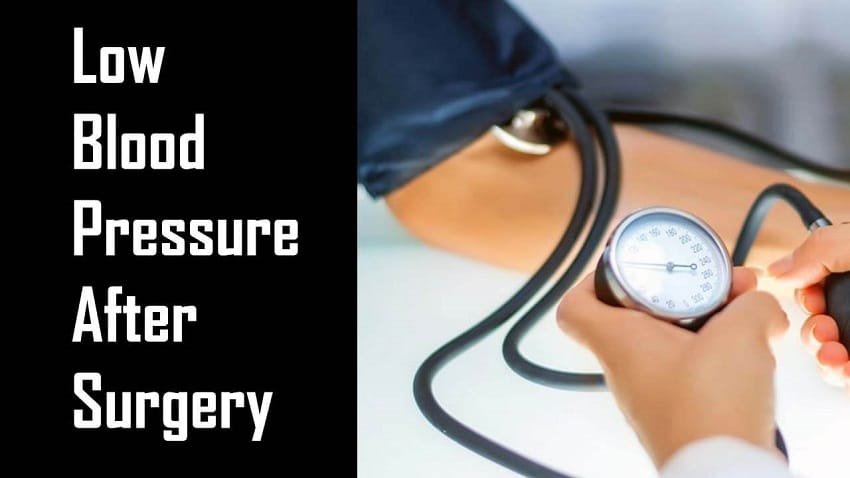Low bloodstream pressure after surgery
Any surgery has the possibility of certain risks, even when it’s a regular procedure. One particular risk is a modification of your bloodstream pressure.
Based on the American Heart Association, normal bloodstream pressure is under 120/80 mmHg.
The very best number (120) is known as systolic pressure, and measures pressure whenever your heart is beating and pumping bloodstream. The underside number (80) is known as diastolic pressure, and measures pressure whenever your heart is resting between beats.
Any studying below 90/60 mmHg can be viewed as low bloodstream pressure, but it may be different with respect to the person as well as on the conditions.
Your bloodstream pressure can drop during or following surgery for various reasons.
Anesthesia
Anesthetic drugs, which are utilized to place you to rest during surgery, can impact your bloodstream pressure. Changes can occur while you’re being offer sleep after which when you are coming from the drugs.
In certain people, anesthesia leads to a significant stop by bloodstream pressure. If this sounds like the situation, doctors will monitor you carefully and provide you with medications with an IV to assist take the bloodstream pressure normal again.
Hypovolemic shock
Hypovolemic shock happens when the body adopts shock due to severe bloodstream or fluid loss.
Losing a lot of bloodstream, which could happen during surgery, leads to a stop by bloodstream pressure. Less bloodstream means your body can’t move it as being easily towards the organs it must achieve.
Since shock is definitely an emergency, you’ll be treated within the hospital. The therapy goal is to restore the bloodstream and fluids within your body before damage is performed for your vital organs (particularly the kidneys and heart).
Septic shock
Sepsis is really a existence-threatening complication of having a microbial, yeast, or viral infection. It causes the walls of small bloodstream vessels to leak fluids into other tissues.
A serious complication of sepsis is known as septic shock and something of their signs and symptoms is critically low bloodstream pressure.
You’re susceptible to these infections if you are within the hospital dealing with surgery. Sepsis is treated inside a hospital by utilizing antibiotics, giving extra fluids, and monitoring.
To be able to treat low bloodstream pressure, you might be given medications known as vasopressors. These help tighten your bloodstream vessels to improve bloodstream pressure.
At-home treatment solution
- If you’ve still got low bloodstream pressure whenever you go back home, here are a few steps you can take to lessen signs and symptoms:
- Fully stand up gradually: Make time to move about and stretch before standing. This helps get bloodstream flowing within your body.
- Avoid alcohol and caffeine: Both may cause lack of fluids.
- Eat small, frequent meals: Many people experience low bloodstream pressure after consuming, and smaller sized meals reduce your risk.
- Drink more fluids: Remaining hydrated aids in preventing low bloodstream pressure.
Eat more salt: Your physician may recommend boosting your salt with the addition of more to foods or taking salt tablets in case your levels are off. Do not begin adding salt without asking your physician first. This type of treatment must only be achieved using the advice of the physician.
In the event you worry?
Suprisingly low bloodstream pressure figures place you vulnerable to harm to vital organs, much like your heart and brain, because of insufficient oxygen.
Low figures only at that level are more inclined to happen while you’re receiving treatment within the hospital for emergencies like bloodstream loss or cardiac arrest.
However, more often than not, low bloodstream pressure doesn’t require treatment.
You need to err along the side of caution. If you are worried about ongoing low bloodstream pressure, you need to visit your physician, particularly if you’re experiencing signs and symptoms, including:
- dizziness
- lightheadedness
- fuzzy vision
- nausea
- lack of fluids
- cold sticky skin
- fainting
Your physician can know if there’s another ailment happening or if you want to add or change medications.

